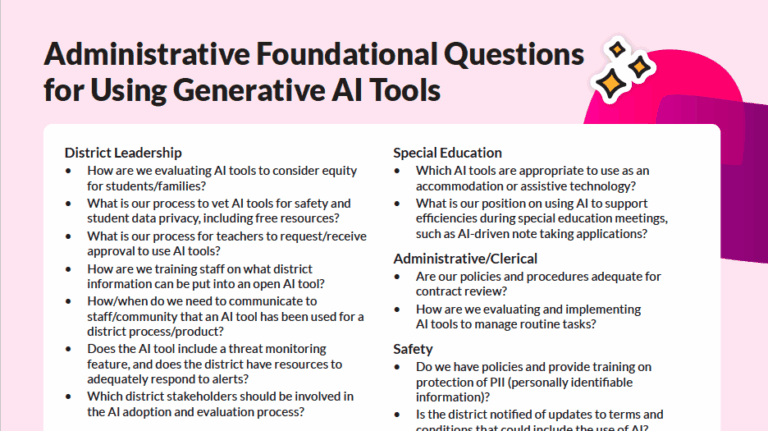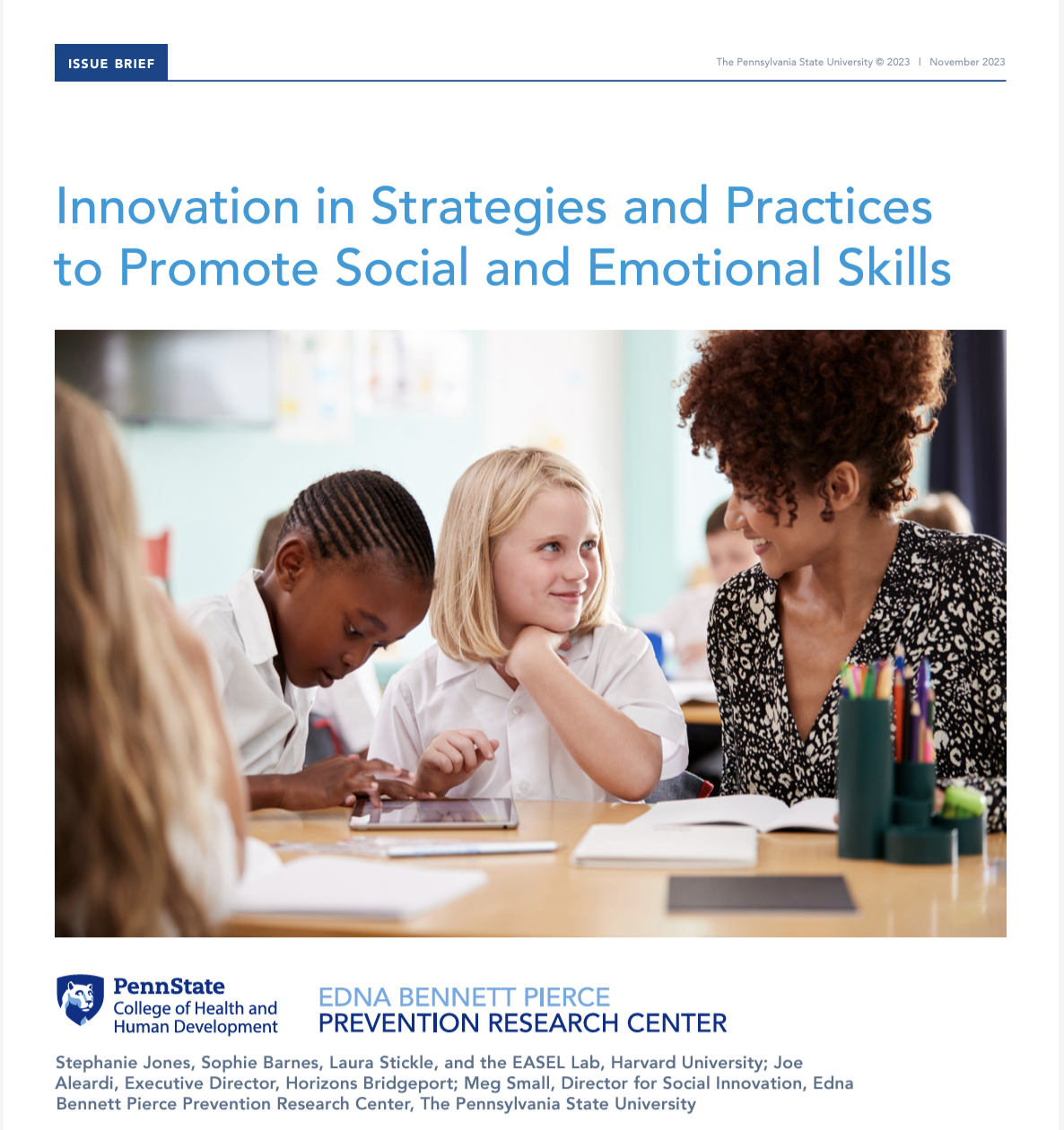
This resource is provided by ACSA Partner4Purpose Right At School and was written by Brenna Pirozok, senior manager of Inclusion and Accessibility.
Belonging is not merely a feel-good concept; it is a fundamental aspect of human psychology. A sense of belonging is deeply rooted in our evolutionary history as we are social creatures who historically relied on group cohesion for survival.
When children feel like they are part of their school community, they are more likely to engage with their learning, participate in activities, and develop positive relationships with peers and educators.
To cultivate an environment where every child feels they belong, it is essential to implement effective strategies that actively engage families, educators, and the wider community. Research shows that individuals who experience a sense of belonging are more likely to thrive academically and socially.
Strategies to Foster Belonging
To create and maintain a sense of belonging, educators and school districts can employ several effective strategies. Below are some actionable approaches that can help:
1. Tapping into the power of family engagement initiatives
Family engagement is vital in building a sense of belonging. Research shows that schools that actively engage families in school activities and decision-making processes see significant benefits. Additionally, these schools report increased attendance rates and lower dropout rates, highlighting the positive impact of family involvement on overall student success.
2. Providing inclusive curriculum and programming
An inclusive curriculum that reflects the diverse backgrounds and experiences of all students is essential. Educators can incorporate texts, historical narratives, and cultural practices from a variety of perspectives, ensuring that all students see themselves represented in what they learn.
3. Creatively partner with community organizations to meet student needs
Building partnerships with local organizations can enhance the sense of belonging for students and their families. Schools can collaborate with community centers, cultural organizations, and local businesses to create events and programs that foster connections among families and encourage community involvement.
4. Deliver high-quality and ongoing professional development for educators
Educators play a crucial role in fostering belonging within their classrooms and schools. Providing professional development focused on cultural competency, implicit bias, and inclusive teaching strategies can empower educators to create more inclusive environments.
5. Build transparent dialogue and proactive communication
Open communication is key to creating a sense of belonging. Forums for dialogue where students, families, and educators can share their thoughts, concerns, and suggestions is a fantastic way to offer a platform for feedback.
Creating an inclusive and equitable educational environment where every child feels they belong requires intentional action and commitment from all stakeholders. By prioritizing family engagement, developing an inclusive curriculum, fostering community partnerships, supporting educators through professional development, and promoting open dialogue, schools can dismantle barriers and cultivate a thriving community.
We’re in this together!
Want to learn more about the Inclusion Team at Right At School and how they promote an ecosystem of diverse learners? Read the full article here.


































